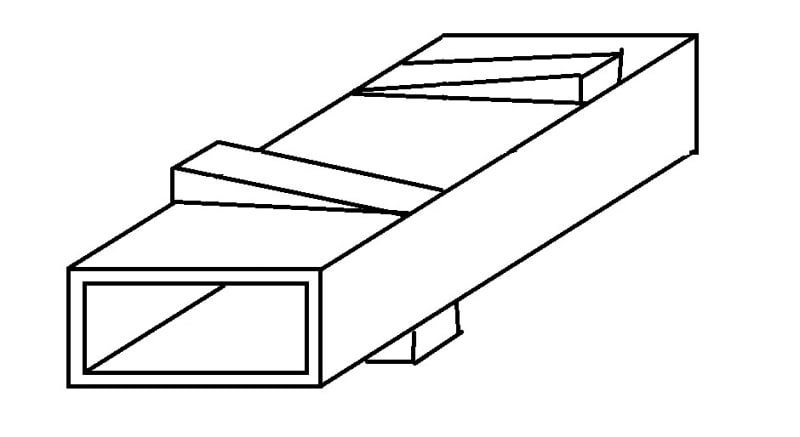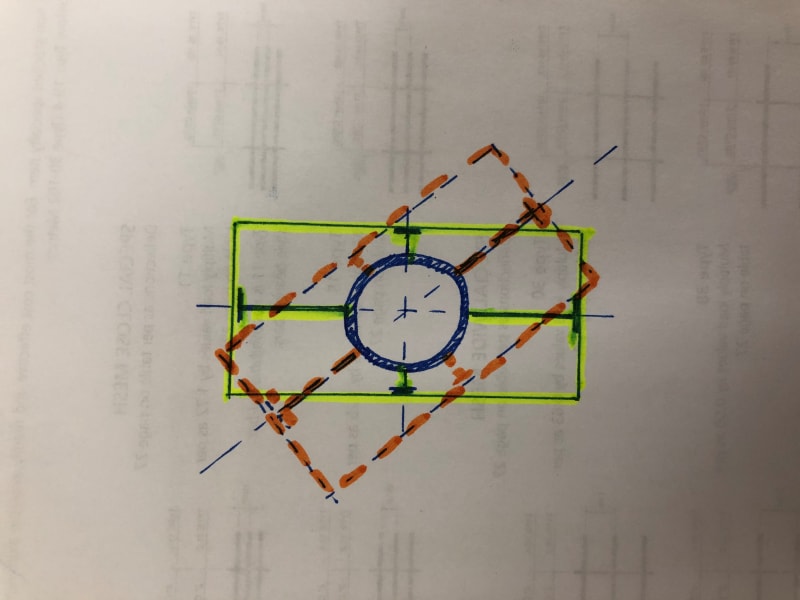Dear Experts,
I rarely post in this forum, but we have a project that consists of twisting the above mentioned hollow tube for a 90 degrees.
I have read that people tend to heat the tube, or to put a pipe inside of it to prevent collapsing or even sand and to pressurize it a little and then to start twisting.
My problem is that we can't heat, or put a pipe inside (since its a rectangular shape) and the section is fairly large and requires a lot of torque applied.
Some people cut the four corner of the tube and then grind diagonally along each face of the tube and then twist and then weld the cut edges. but I'm not sure than I can do that sine it's an architectural project.
Any insights??
Detailing is a hobby,
I rarely post in this forum, but we have a project that consists of twisting the above mentioned hollow tube for a 90 degrees.
I have read that people tend to heat the tube, or to put a pipe inside of it to prevent collapsing or even sand and to pressurize it a little and then to start twisting.
My problem is that we can't heat, or put a pipe inside (since its a rectangular shape) and the section is fairly large and requires a lot of torque applied.
Some people cut the four corner of the tube and then grind diagonally along each face of the tube and then twist and then weld the cut edges. but I'm not sure than I can do that sine it's an architectural project.
Any insights??
Detailing is a hobby,


